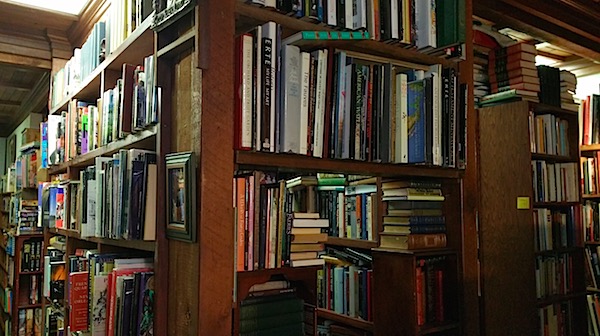
As a guilt-motivated ex-Catholic with a perfectionist streak, I’m constantly trying to be a better person than I am – religiously, ethically, personally, even at the level of my skills. And one of the best ways I’ve found to improve my skills is not simply to practice, or to push the bounds of your knowledge, but to step back and look again at the basics.

For some areas of knowledge, this is obvious. We wouldn’t have gotten anywhere with number theory if we hadn’t been willing to go back, again and again, to the definitions of numbers. But it seems less obvious for skills, where our perception often is that first you are a novice, then you become skilled, then an expert, then a master.

But that road can become a blind alley. Learning from a teacher can channel you into their style; self-taught artistry can create works of great power, but it can also leave you with deficiencies which no amount of further training can improve. Sometimes the only way to get better is to step back, reassess, start over.

That’s why I like periodically coming back to beginning art instruction books. I find the older references somewhat more informative than the newer ones, perhaps because they’re more methodical, or perhaps because there was a greater concern for representational art – or simply because I’ve read a lot of newer references, making the old ones seem fresh.

Now, I once heard an artist suggest that you should buy a pile of art instruction books, wrap them in a trash bag, and bury them in your back yard, get a big thick sketchbook and sketch people in coffeehouses until you filled the whole thing, and then, after a year or so, dig them up to start drawing. My wife, however, an accomplished artist, agrees and disagrees with this plan.

She agrees with the latter two thirds – but not the start. She argues, there are so many things to learn about art that if you tried to start from just sketching, you might end up never making certain discoveries and instead get trapped in rookie mistakes. Your art might have emotional power, but you’d be handicapped if you were aiming for mastery of your tools or representational accuracy.

I tend to agree. As a scientist, though, I try another approach – not just practice, but “scientific” analysis, at least the initial, data collection part of science: not just doing the practice, but carefully examining how it went, looking for successes and failures, and trying to generalize from them. I can’t double-blind A/B test myself, but I can be mindful about how I practice.

I pray it’s helping! I have a lot of art I want to do.
-the Centaur
Pictured: Exercises from Andrew Loomis’ DRAWING THE HEAD AND HANDS, folk art from the U.S. Mint in New Orleans, art books in Dauphine Street Books also in New Orleans, and various drawings I’ve done over the years, from long ago (the highly detailed centaur and the copy of the Hemingway cover) to yesterday (the basic circles and analysis of problems with my line).